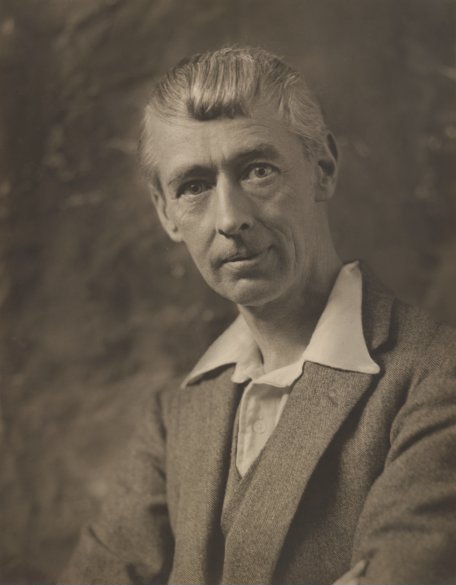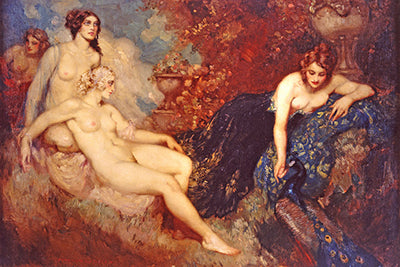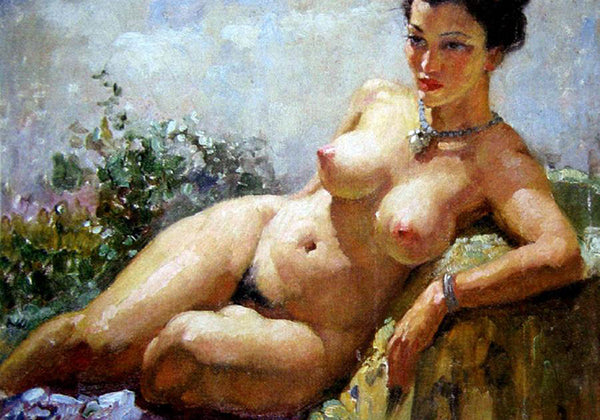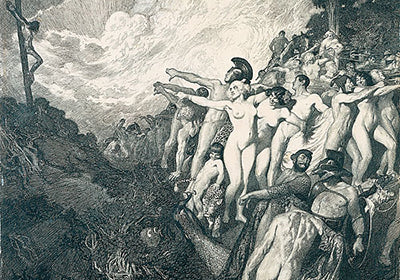Introducing
Norman Lindsay - Artist (1879-1969)

About The Artist
Australian artist Norman Lindsay was one of ten children born into the celebrated Lindsay family of Creswick, Victoria, five of whom became significant artists, greatly influencing the direction of Australian art in the early 20th Century.
Lindsay’s immense artistic talent was obvious from a young age and he was encouraged by his family to draw for several publications including the Creswick Grammar School newspaper, the Boomerang, and The Bulletin where he eventually became principal illustrator at the age of 22.
A highly prolific artist, at his peak Lindsay would wake early in the morning and create an entire watercolour before breakfast, then move into his etching studio where he would work for hours. The afternoons were devoted to working on concrete sculptures in the garden, the evenings to writing one of his many novels including his iconic children’s classic, The Magic Pudding (1918).
While Lindsay worked in many mediums, his most celebrated works are his oil paintings, watercolours, etchings and pen drawings that caused frequent controversy at the time of their production, often featuring full body nudes and provocative religious comment.
In 1940, Lindsay’s wife took sixteen crates of his work to the United States to protect them from the impending war. The paintings were discovered, however, when the train on which they were travelling caught fire. Incensed passengers burned the paintings at the scene, labelling them as ‘pornography’.
One of Lindsay’s most controversial works, Pollice Verso (1904), features Christ on the cross, mocked by pagan festivities that unfurl around him. This pen and ink drawing sparked outrage for its bluntness – “Never since Man saw the face of the Devil have been such creations of absolute evil," wrote an outraged clergyman.
By 1906 Lindsay’s work had evolved from an illustrative quality reminiscent of Doré and Durer to a gorgeous classicism that celebrated and explored the idea of an idealised, pagan race. Here he created sumptuous scenes of celebration, fraternity and fantasy.
The majority of his work resides in The Norman Lindsay Gallery and Museum in Faulconbridge, New South Wales, which was Lindsay’s former home for over 50 years.
Other works are housed in many private and corporate collections and continue to climb in value and popularity even today. In 2002, his oil painting Spring’s Innocence sold to the National Gallery of Victoria for a record sum of $333,900.

"Court to Peacocks" by Australian Artist Norman Lindsay

"Rita" by Australian Artist Norman Lindsay

